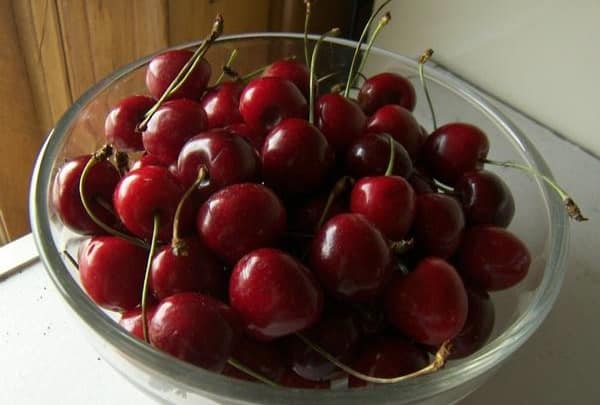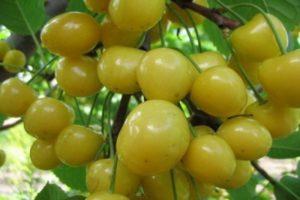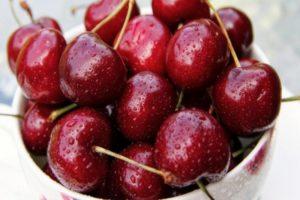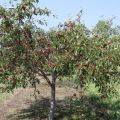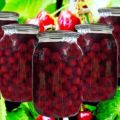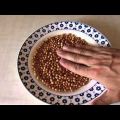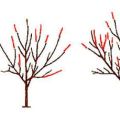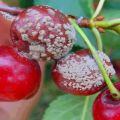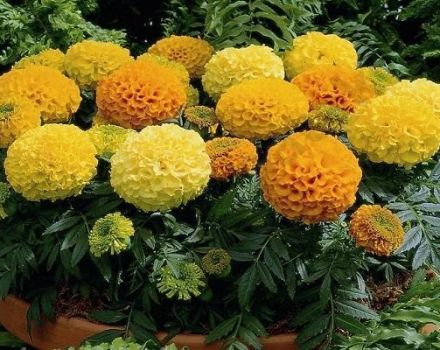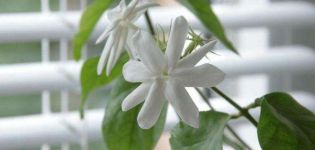Description of varieties of columnar cherries, features of their planting and care, how to prune
Gardeners who do not have spacious plots are forced to carefully consider the selection of tree varieties planted in estates. The main conditions for culture in such situations are compactness and fertility. Planting on a plot of columnar cherry solves both of these problems, allowing you to grow a decent crop on a small plot of land.
Features of the view
The culture has a number of features that distinguish it favorably from other varieties that are less adapted for confined areas:
- A compact tree that grows straight up.
- A mature tree has a cylindrical shape and reaches a height of no more than 3 meters.
- Due to the fact that the branches do not grow in breadth, cherries can be planted close to each other, which significantly saves free space on the site.
- The fruits grow comfortably, and the gardener does not have to bother during harvest.
- The culture is not only fruitful and compact, it also has decorative properties, decorating the site with its unusual appearance.
Note! When purchasing this cherry variety, make sure that the top bud is not damaged. Otherwise, the tree will not be able to grow, and you will be wasting your time and money.

Specifications
Columnar cherries have the following characteristics:
- A mature tree does not grow taller than 3 meters. The average crop size is 2 meters.
- The branches do not grow in breadth, and the diameter of one seedling is no more than 1 meter.
- The first crop is harvested 3 years after planting.
- The life cycle of a tree is 20, and in rare cases, with good care, 30 years.
- It has an impressive yield - on average, 13 kilograms of cherries are harvested from a tree.
- The variety is distinguished not only by the pleasant taste of the fruit. The fruits are rich in vitamins and minerals of various groups.
Drought and frost resistant
Columnar cherries have medium frost resistance, and are suitable for growing, especially in regions with a warm, mild climate. Of course, the culture is planted in regions with a cold climate, but in this case, the gardener will have to spend more time and effort on growing and caring for it.
The tree does not like excessive dryness, but you should not be zealous, flooding the seedlings with a lot of water. It is optimal to irrigate with a moderate amount of water, which is increased only in especially dry periods.Also, gardeners can slightly increase the amount of water when watering during fruit setting.
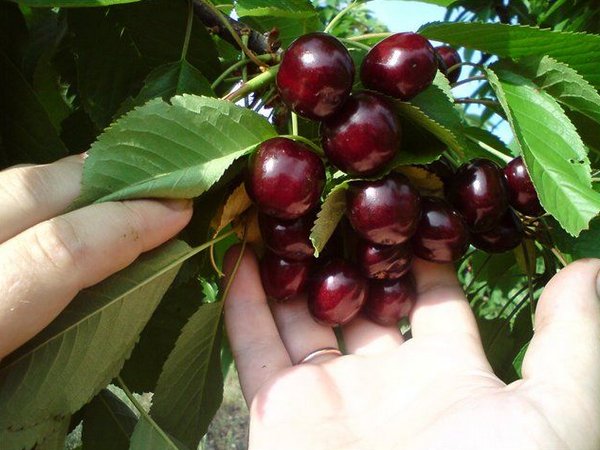
Pollination, flowering period and maturation
For pollination of a crop, Sem is a good choice. It is a kind of versatile pollinator that goes well with other popular varieties. For pollination of the Sem variety, the following varieties are suitable:
- Van Big;
- Helena;
- Hedelfinska.
Also, the varieties Cordia and Sylvia grow well together.
The flowering period of sweet cherry is late, but due to the resistance of flowers to low temperatures, it can withstand frosts up to -2 about... Most varieties ripen in June, closer to the middle of the month, around the 15th.
The amount of harvest and the taste of berries
Sweet cherry has a high fruit yield and begins to bear fruit as early as 2-3 years after planting. Experienced gardeners, who have been breeding this culture for several years, recommend removing all ovaries that form on the tree in the first two years after planting on the site. This will allow new seedlings to settle down on the site and in the future to give a stable, high-quality harvest.
Young trees bring the owner, on average, about 14 kilograms of fruit per seedling.
Adult specimens are able to please with a harvest of up to fifty kilograms of cherries. Such intense fertility negatively affects the lifespan of sweet cherries. Most trees live no longer than 20 years. The fruits of the tree have a pleasant, rich taste that can compete on an equal footing with other varieties.
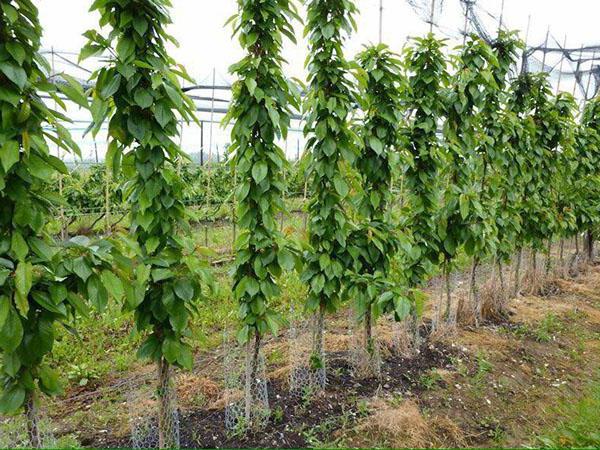
Immunity to diseases and pests
Susceptible to the following diseases:
- scab;
- brown spotting;
- tinder fungus.
If signs of these diseases are detected, the affected leaves are cut off, after which the tree is treated with Bordeaux liquid.
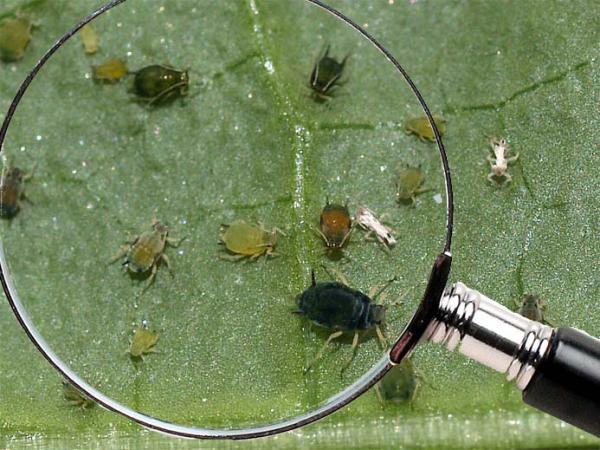
The culture is vulnerable to attack by pests such as:
- aphid;
- weevil;
- caterpillar;
- moth.
To destroy harmful insects, treat the tree with special preparations.
Important! To prevent the appearance of pests, treat the tree trunk with a solution of slaked lime. It is necessary to paint from the base, approximately 40-50 centimeters up.
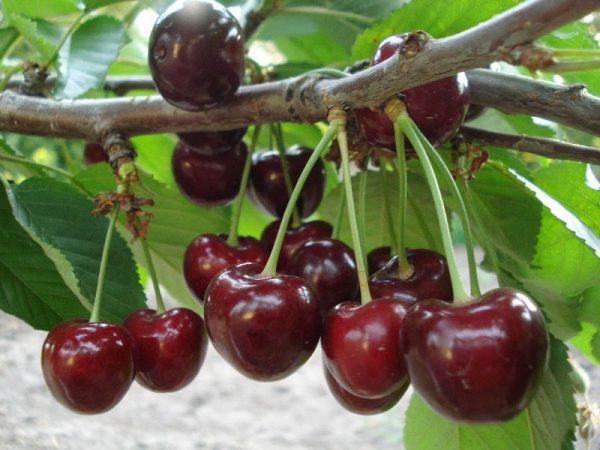
How and when to plant cherries
Time planting cherries depends on the region of your residence. If you live in southern regions with a warm, favorable climate for growing, the tree can be planted in both spring and fall. In cold areas, the situation is more complicated, and a seedling planted in the fall may not have time to gain a foothold before frost, which is why it will die later.
Therefore, in such conditions, it is recommended to plant young shoots in the spring, when the temperature at night stabilizes and becomes positive - this is the best time for cultivation.
Care of young and mature trees
The culture is unpretentious and does not require special care. The most stressful for the gardener is only the first year of the tree's life, when he needs protection from the wind and excessive dryness of the soil. The rest of the care technology is not very different from other types. The important steps are:
- timely and correct watering;
- competent soil fertilization;
- treatment.
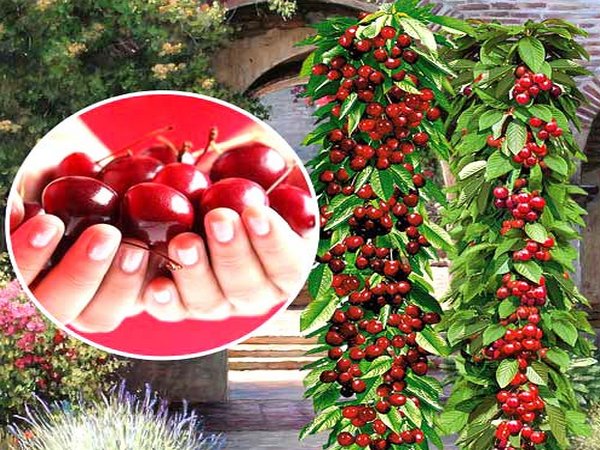
Watering
One of the most time-consuming processes in which the gardener must keep a fine line, preventing the soil from drying out and turning the site into a swampy area. To properly maintain the balance and get a good harvest, the gardener needs the following watering scheme:
- For the first few years of life, cherries are watered almost daily. For the growth and formation of a tree, 4 liters of water per day is enough.
- As the tree ages, it will need more water to produce a decent crop.
Keep in mind that excessively moist soil will lead to the formation of fungus in the roots and on the trunk of the tree, this will negatively affect the size of the yield. Adjust the frequency and saturation of watering based on weather conditions.
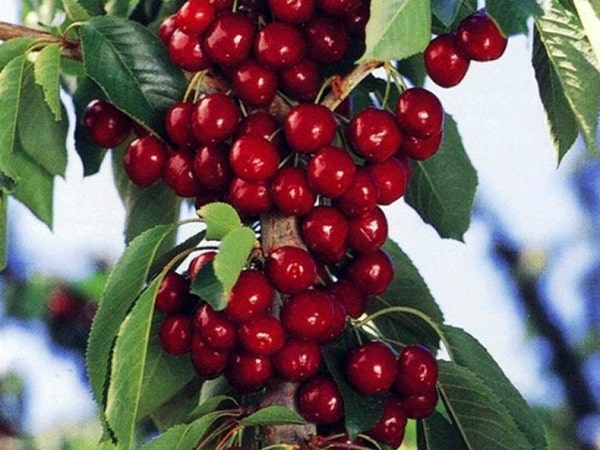
Fertilizer
You need to fertilize the soil in the garden where the columnar cherry grows about 3 times per season:
- The first time the soil is enriched with fertilizers in early spring, after the snow has completely melted. Fertilizers that include potassium, nitrogen and phosphorus are best suited. After the soil is fertilized, be sure to water the area with water.
- The soil is fertilized for the second time in summer, and urea is used as the main component.
- The last time the soil is fertilized is at the end of autumn. Potassium sulphide is considered the best fertilizer during this period.
Note! Nitrogen fertilizers are added to the soil exclusively in the spring.

Treatment
Processing cherries from disease and pests is an important and responsible step. It is done as follows:
- Spring processing begins in April when the buds are treated with a weak, 1% Bordeaux mixture solution. The process is repeated in May, which helps to protect the garden from various fungal diseases.
- The next stage occurs in the summer, during the formation of the first buds on the branches. Iron vitriol is used as a preparation.
- The onset of autumn signals that it is time for the gardener to process the soil around the trunk with a urea solution. Do this before the leaves fall. At the end of autumn, the leaves on the site are collected in one pile and burned.
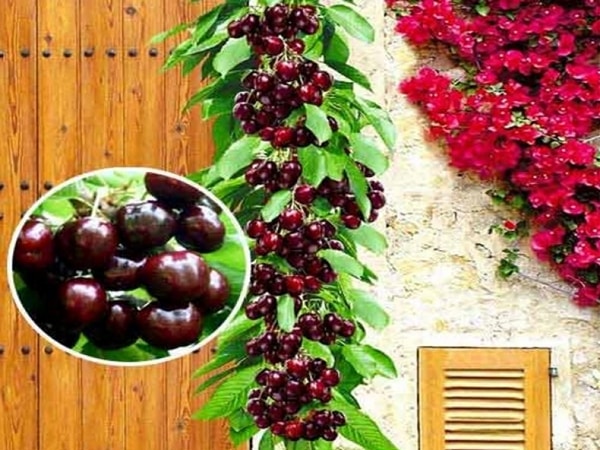
Design schemes
Trees are pruned according to the following schemes:
- Basic or classic scheme. The principle of pruning is to pinch the shoots, which leads to their rapid formation.
- If there is not enough space on the site, you can use a scheme that forms a garden like a hedge. For this, the trees are planted close to each other, and the side shoots are cut 10 centimeters each season. Such a scheme will allow you to collect a stable, large harvest for no more than 5 years. After that, the crowns of the trees will begin to intertwine and the amount of the crop will drop. The method is used for decorative purposes, to decorate the site.
- With due diligence, the grower can form a cupped crown. This is possible if the top of the trunk, including the shoots, is trimmed annually. Thus, the crown will begin to form not upward, but in breadth. This method can be applied to low varieties of cherries.

Varieties and descriptions of columnar cherries
Columnar cherries are becoming more popular day by day due not only to their bright and rich taste, but also to a wide variety of varieties. To date, breeders have bred various species that grow not only in favorable conditions of the southern climate, but also in regions with cool weather. Popular varieties include:
- Helena variety.
- Black cherry.
- Silvia.
- Delight.
- Queen Mary.
- Baby.
- Sabrina.
- Sem.
- Jealous.
All of them have exceptional characteristics and are worthy of a closer look.

Helena
Distinctive characteristics:
- crown diameter - no more than one meter;
- height - 3 meters and below;
- the berries weigh 13 grams and are ruby-colored;
- the taste of the berry is intense, rich, and the pulp is dense and juicy;
- about 14 kilograms of harvest is removed from one tree per season;
- tree life cycle - 25 years;
- refers to frost-resistant varieties. Can be grown in regions where the air temperature in winter drops below 25 about.
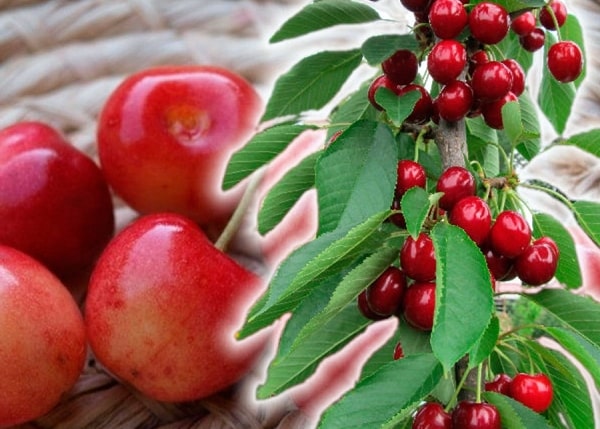
Black
Features:
- the variety is resistant to temperature extremes, but in winter it is better to cover trees in order to avoid their death;
- the tree is compact. The crown diameter does not exceed 0.5 meters, and the height fluctuates around the two-meter mark. Great for small areas;
- cherry is distinguished by ruby color of fruit;
- the taste is bright, rich;
- the fruit is large, juicy;
- the skin is glossy.
Silvia
In terms of its features, the cherry of this variety is similar to Helena. They differ in the following details:
- early ripening period. 2 weeks ahead of Helena;
- the variety is protected from the effects of harmful microorganisms and insects;
- frost resistance is lower than that of Helena. For the winter, it is advisable to snatch the tree from severe frosts;
- the yield from the tree is consistently high;
- the fruits easily tolerate transportation and do not lose their presentable appearance.
Growing in the same area, Sylvia and Helena pollinate each other, which is a nice bonus to the other characteristics of both varieties.
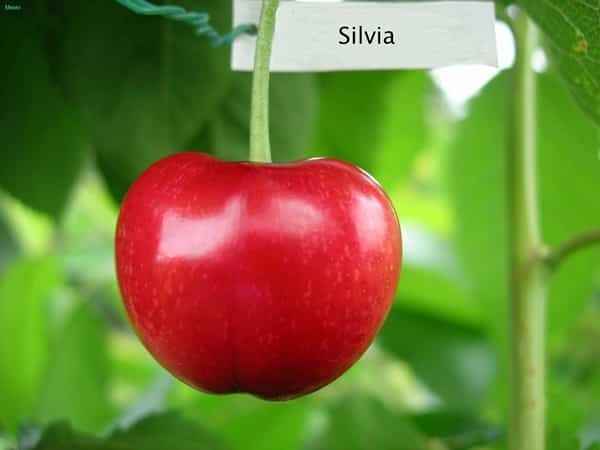
Baby
Specifications:
- small size of the tree. In height it rarely reaches two meters. Most often, growth stops in the area of 1.5 meters. The crown in diameter does not exceed 80 centimeters;
- berries have a strong, pleasant aroma, which is much more intense than that of other relatives;
- the taste of the fruit is sweet and sour;
- if desired, you can grow the variety even in the northern regions, for example, in Siberia, if you take care of a reliable shelter for the winter;
- suitable for various workpieces and preservation;
- good decorative properties.
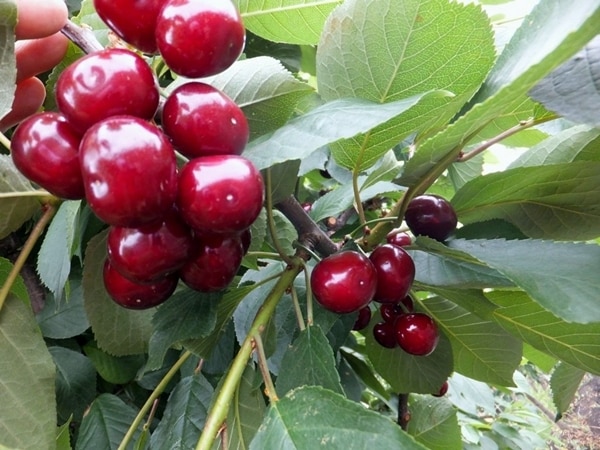
Delight
Another popular variety with decent yields and taste. The distinctive features include:
- the height of an adult tree reaches 2-2.5 meters;
- the diameter of the crown also does not shine with miniature dimensions, and is equal to 1 meter;
- crop yield is consistently high, not changing from year to year;
- according to the ripening period, it belongs to the mid-early varieties;
- cherry fruit is scarlet and weighs up to 15 grams;
- the berries taste sweet and juicy;
- just like yellow cherry, it has good protection against fungal diseases and parasites;
- the harvest is harvested in the second year after planting the seedling.
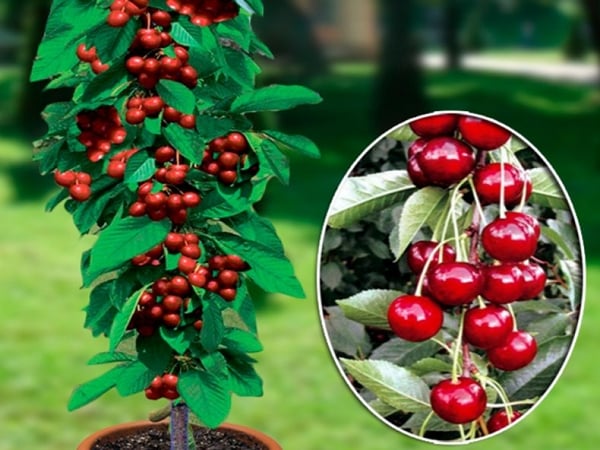
Queen Mary
The variety is not suitable for areas with severe winters. The regions of the Central Russia are considered to be the halo of growth. Poor frost resistance is balanced by excellent taste and intense yields. The berries are juicy, have a bright color and a pronounced aroma.

Jealous
Another popular variety in Russia, which stands out for the following qualities:
- very juicy and tasty berries that are stored for a long time and do not lose their original, presentation;
- the skin is dark, almost black;
- suitable for transportation;
- the size of the berries is smaller than that of other varieties. For Revna, berries weighing 7-8 grams are considered the norm;
- the tree is protected from harmful insects and diseases. There is no need to be afraid of losing crops due to an unexpected illness;
- frost-resistant culture, which is grown even in the northern regions of our country;
- Sunburns are not jealous.
Sabrina
It has poor frost resistance and is not suitable for regions with a harsh climate. The tree grows to a large size, and grows at least a meter in diameter. An adult tree reaches a height of 3 meters. Weakly susceptible to attacks by insects and pathogens. The yield is good, the berries are tasty and juicy.

Sem
The main feature of the variety is a universal pollinator. Combines with other varieties in the same area, significantly increasing the overall yield. The berries are medium in size but very sweet in taste. The ripening period occurs earlier than all other varieties, at least 10 days. The life cycle of a tree is 15 years.
As you can see, columnar cherries can delight even the most fastidious gardener, providing high yields and improving the appearance of the site.
